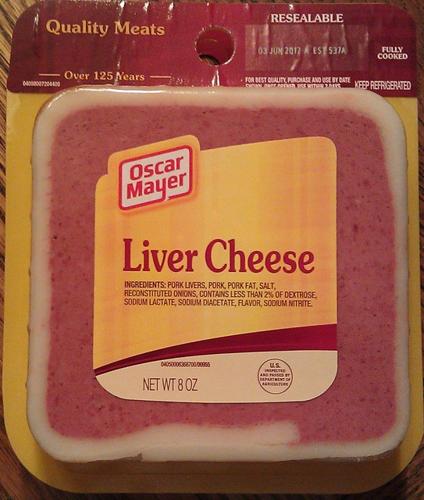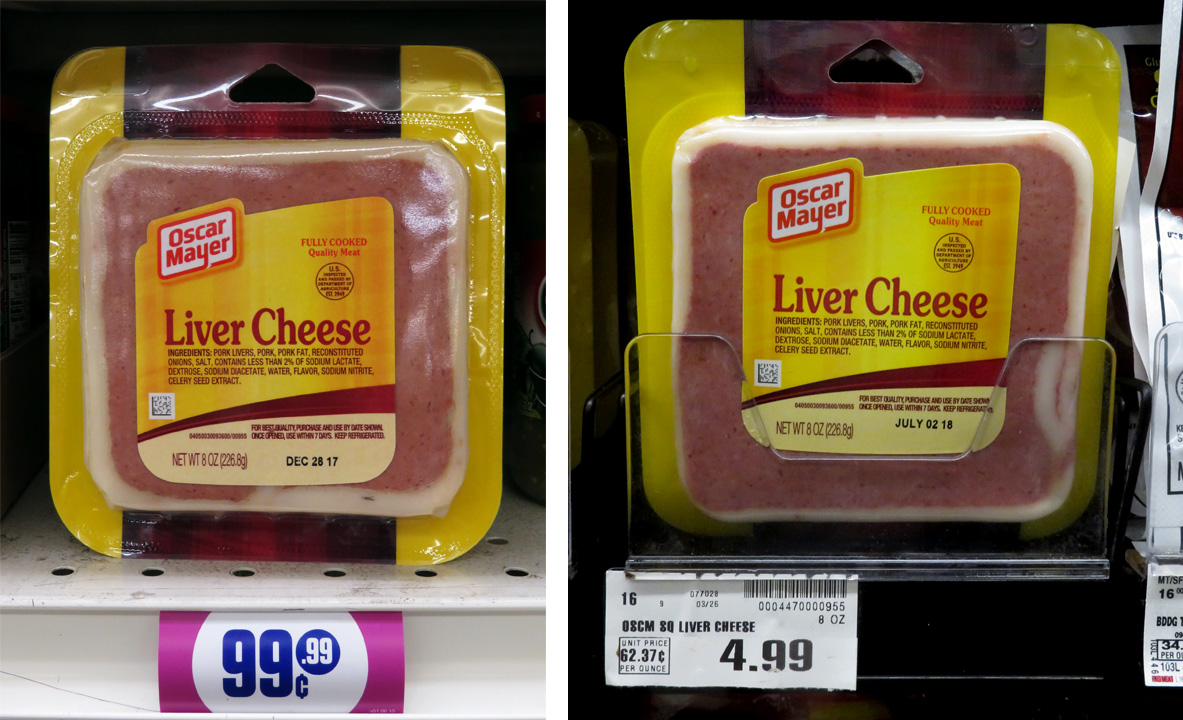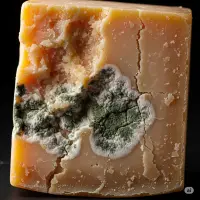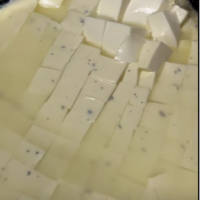Leberkäse, despite its name, originates from Southern Germany, specifically Bavaria, in the late 18th century. You’ll find it’s a popular meatloaf-like dish there, as well as in Austria and parts of Switzerland.
While the name translates to “liver cheese,” traditional Bavarian Leberkäse doesn’t actually contain liver.
Did you know that something called “liver cheese” might not even have liver or cheese in it? That’s Leberkäse for you, a really popular dish, especially if you’re hanging out in Southern Germany, Austria, or Switzerland. People there really love this unique food!
So, what exactly is this Leberkäse, and where did it come from? That’s what we’re going to explore together. It has a fascinating story, and it’s not quite as straightforward as its name might suggest.
Get ready to take a tasty trip back in time to discover the surprising beginnings of this one-of-a-kind treat! We’ll uncover how it became the yummy favorite it is today in those special parts of Europe.
Where Does Liver Cheese Come From?
The name “liver cheese,” or “Leberkäse” in German, which literally translates to “liver-cheese,” is quite misleading.
This is because traditional Bavarian Leberkäse, where it’s believed to have originated around the late 18th century in Bavaria, Germany, contains neither liver nor cheese. In Bavaria, it’s often called “Fleischkäse,” meaning “meat cheese.”
Outside of Bavaria, German food laws typically require Leberkäse to contain a minimum of 4% liver. Some regional variations, like “Stuttgarter Leberkäse,” even have a higher liver content (at least 5%).
The origin of the name “Leberkäse” is likely due to folk etymology. The German word “Laib,” meaning “loaf” (referring to its shape), seems to have morphed into “Leber” (liver) over time.
The “-käse” (cheese) part of the name may refer to its dense, cheese-like consistency, or it could be a dialect variation of “Kasten,” meaning “box,” potentially describing the way leftover meats were processed.
So, depending on where you are, “liver cheese” might actually contain liver (outside of Bavaria) or neither liver nor cheese (in Bavaria).
It’s a specialty meatloaf made from finely ground corned beef, pork, and bacon, baked in a loaf pan until it develops a crust.
What Exactly is Liver Cheese (Leberkäse)? Dispelling the Myths
Even though its name translates to “liver cheese,” Leberkäse is actually a type of meatloaf that doesn’t always contain liver or cheese, especially in Bavaria, which is a region in Southern Germany where it’s very popular.
Think of it like a super smooth and finely ground meat mixture, kind of like a very dense and flavorful sausage or bologna. It’s usually made from beef, pork, and bacon that are ground up really, really fine. Sometimes, other meats like horse meat or turkey can be used.
The mixture is then seasoned with spices like salt, pepper, and sometimes marjoram, nutmeg, or onion. It’s pressed into a loaf pan and baked in the oven until it gets a nice, crispy brown crust on the outside.
So, while the name might be a bit confusing, Leberkäse is really a delicious and unique kind of baked meat that’s a favorite in certain parts of Europe.

Credit: roanoke.com
The Bavarian Origins: A Tale from the Duke’s Kitchen
Legend has it that this tasty dish was born way back in 1776 in the kitchen of Karl Theodor, who was the Elector of Bavaria (think of him like a very important ruler).
The story goes that his cooks were preparing a special meat dish, and due to some unexpected circumstances, they had to get creative with the ingredients they had on hand.
Some believe that a shortage of certain meats led them to mix finely ground pork and beef with bacon. To bind it all together, they might have used breadcrumbs or other ingredients. This mixture was then baked in a loaf pan.
Now, here’s where the “Leberkäse” name might have come from. “Leber” means liver in German, and “Käse” means cheese.
It’s possible that the loaf had a texture or appearance that reminded people of liver or cheese at the time, even if it didn’t actually contain much, if any, liver or dairy.
Another idea is that it was originally baked in a special kind of mold or pan called a “Kasten,” which sounds a little like “Käse.”
Whatever the exact reason for the name, this new baked meatloaf quickly became popular in Bavaria. It was a convenient and flavorful way to use different kinds of meat, and it was something that people really enjoyed.
So, the next time you hear about Leberkäse, remember the tale from the Duke’s kitchen and how a bit of culinary creativity might have led to this beloved dish!
The Etymology of “Leberkäse”: A Name with a Twist
As we touched on earlier, it’s quite interesting that a dish often made without significant amounts of liver or any cheese carries that name. There are a couple of leading ideas about how this curious name came to be.
One thought revolves around the ingredients, even if they aren’t the main ones today. Historically, some recipes for Leberkäse might have included a small amount of liver.
Perhaps the initial versions contained enough liver to lend its name to the dish, and over time, the recipe evolved to use less or even no liver, while the original name stuck.
The “Käse” part of the name is even more puzzling since cheese is almost never an ingredient. One popular theory links it to the way Leberkäse was traditionally made – baked in a loaf pan or mold called a “Kasten.”
In some regional dialects, “Kasten” might have sounded similar to or been associated with the word for cheese (“Käse”).
It’s possible that the shape of the baked loaf, or the specific type of container it was cooked in, led people to associate it with “cheese” in a descriptive, rather than an ingredient-based, way.
Another, perhaps less likely, idea is that the smooth, somewhat dense texture of Leberkäse might have reminded people of certain types of soft cheeses.
Ultimately, the exact origin of the name “Leberkäse” remains a bit of a delicious mystery! However, these theories give us some interesting clues about how this uniquely named dish might have gotten its moniker.
It just goes to show that sometimes, the name of a food doesn’t always tell the whole story!

Credit: the99centchef.blogspot.com
Regional Variations and Modern Consumption: A Versatile Delight
“You know, it’s so true – Leberkäse is a really versatile and yummy food! And it’s interesting how it changes a little depending on where you are.
For instance, if you’re in Austria, you might find something called Pikantwurst. It’s a lot like Leberkäse, but it often has little bits of pickled veggies mixed in. This gives it a slightly tangy taste and a different feel.
Even within Bavaria, the heartland of Leberkäse, you can find small differences. Maybe the spices are a bit different, or they use slightly different kinds of meat. Some local meat shops even have their own special family recipes that have been passed down for years!
People enjoy Leberkäse in so many ways today. You can get it hot, sliced thick, with sweet mustard, a pretzel, and maybe some potato salad – that’s a classic Bavarian snack or light meal. It’s also super popular cold, cut into thin slices for sandwiches or rolls.
Sometimes, you’ll even see it pan-fried until it’s nice and crispy, and sometimes they put a fried egg on top – talk about a filling meal.
And because it’s so easy to grab and eat, you can find Leberkäse already packaged in most grocery stores in those areas where it’s loved. It makes for a quick snack or an easy meal.
From its possible start way back in a duke’s kitchen to being sold everywhere today, Leberkäse has definitely stuck around.
It’s a much-loved and adaptable food in Southern Germany, Austria, and Switzerland. It has a cool story and a flavor that people just keep enjoying!”
Conclusion
So, Leberkäse! It’s like a tasty puzzle. The name hints at liver and cheese, but often, those aren’t the main players.
Born perhaps from a royal kitchen mishap in Bavaria, it traveled through time, picking up regional quirks along the way.
Today, this versatile meatloaf, enjoyed hot or cold, remains a beloved bite in Southern Germany, Austria, and Switzerland.
Its story, as unique as its flavor, proves that sometimes the most delicious outcomes come from the most unexpected beginnings.















